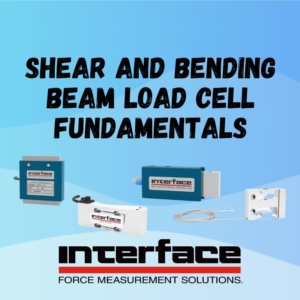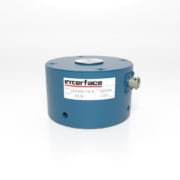The Basics of Shear and Bending Beams

To best understand shear and bending beams, it’s critical to understand the forces they handle. Shear force causes objects to slide from one cross section against another, and this force can easily be seen in several, day-to-day activities. Tasks like using scissors, shaving, painting and scrolling through a touch-screen phone all employ shear force. Conversely, bending force is exactly what it sounds like—an outside force that causes an object to bend. The consideration of both of these forces must be accounted for when building almost anything, including bridges, aircrafts, houses and so forth.
Because these forces play such an integral role in our lives, we need shear and bending beams to measure these forces accurately. Shear and bending beams are straight blocks that are fixed on one end and loaded on the opposite end, but bending beams are more compact. However, although bending beams tend to be more compact overall, shear beams can be designed to be more compact than a bending beam for larger capacity applications.

From the outside, a shear beam cell might actually look identical to a bending beam cell, but there’s a key difference. Shear beam cells have a large hole that’s bored partially through either side, leaving nothing but a thin, vertical web in the center of the cell. This is different from a bending beam cell, where the large hole in a bending beam passes all the way through. Because shear force is cross-sectional, shear beam load cells offer top-notch stability for lateral forces. Also, shear strains aren’t varied when the point of application moves within a determined range—meaning the electrical signal that converts the force into a numeric value is independent from the point of load application.
For both bending and shear beam cells, weight is placed on the load cell’s spring. The force applied to the spring is then converted into an electrical output by the strain gauge that’s installed on the spring. These beam cells have advantages in their simplicity, as shear and bending beam cells at their core are nothing more than a beam with a strain gauge. These basic components can then be enhanced with additional elements to protect the load cell.
For more information about shear and bending beam cells, please contact us here.









